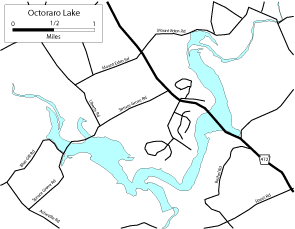
| Lancaster Chester |
| DESCRIPTION: The Chester County Water Authority purchased approximately 2,500 acres of land adjacent to the branches of the Octoraro Creek in Chester and Lancaster Counties for its dam and filtration plant. The filling of Octoraro Lake in the 1940s flooded about 670 acres. The Authority immediately began reforesting the open land adjacent to the lake and to the west branches of the Octoraro Creek where they join the main reservoir. Mudflats often exist in these areas by mid-summer, creating some of the best shorebird habitat in the county. |
DIRECTIONS: Take US 222 south from Lancaster to Quarryville. Turn left in Quarryville where PA 372 joins US 222. Follow PA 372 to the intersection with PA 472. Turn right on PA 472 and continue for 9.5 miles to the parking lot on the Chester County side of the causeway across Octoraro Lake. Begin birding at this parking lot by scoping the lake. Return across the causeway to the Lancaster County side. Drive to the top of the hill and turn left onto Spruce Grove Road. The first causeway along this road, Spruce Grove Basin, provides a good viewing area from which to scope. Parking is available at the fishing dock or along the road. The pines along the lake are good for kinglets, nuthatches, and Yellow-rumped Warbler. Leave the dock area and travel back on Spruce Grove Road to Liberty Road. Turn left onto Liberty Road. The small stream valley at the foot of the hill is a good area for waterfowl and shorebirds. Wood Duck and Blue-winged Teal may be found here in early spring. Continue on Liberty Road to Mount Eden Road. Turn right on Mount Eden Road and continue to PA 472, checking the marshy areas for Wilson's Snipe. Cross PA 472 and continue on Mount Eden Road to the north end of the lake, Mount Eden Basin. During some winters Horned Lark, American Pipit (occasional), and Eastern Meadowlark follow the trails of fresh manure on the fields along these roads. In spring, look for Bobolink in these fields. At the north end of the lake, mudflats appear from late August to November and a variety of shorebirds can be found. Mount Eden Road and its environs are the best areas for passerines. Park along the road and walk the horse trail through the woods adjacent to a small stream. The trail is on the north side of Mount Eden Road. In winter thousands of Canada Geese, hundreds of American Black Duck, Mallard, and Common Merganser, a few Northern Pintail, and American Wigeon are regularly seen on the lake. Tundra Swan rest on the shallow, upper part of the east arm of the impoundment that is skirted by Mount Eden Road. During early spring, thousands of migrating Canada Geese briefly join the geese which wintered on the lake. Snow Geese, sometimes numbering in the thousands, join them on the lake. Careful checking of these flocks may produce Cackling, Greater White-fronted, and/or Ross's geese. Winter is the best season to prowl through the planted pine and spruce groves, where permitted by the Chester Water Authority. Red-breasted Nuthatch, Golden-crowned and Ruby-crowned kinglets, and Yellow-rumped Warbler wander throughout the evergreens in search of food. These groves should be searched for roosting owls. Seven species of owls have been recorded in or near this area in recent years, including Northern Saw-whet Owl. Several raptors, including Northern Harrier and Sharp-shinned, Cooper's, Red-shouldered, and Red-tailed hawks, can occasionally be seen entering the conifers on a late winter evening to spend the night. This site can be excellent for wintering sparrows: Fox, White-throated, White-crowned, Swamp, and Field can all be expected with some searching. Two notable, but uncommon, birds to look for in the abandoned fields and hedgerows near the lake during summer are Prairie Warbler and Blue Grosbeak. Common field birds at this time include Eastern Kingbird, Horned Lark, Field Sparrow, and Eastern Meadowlark. A few Whip-poor-will nest in the wooded hills. Some regular nesters of the wooded floodplain along the Octoraro Creek and its tributaries are Wood Duck, Spotted Sandpiper, Acadian Flycatcher, Eastern Phoebe, Northern Rough-winged Swallow, Belted Kingfisher, Warbling Vireo, and Louisiana Waterthrush. Barred Owl are heard and seen in the vicinity of the lake throughout the year. A Bald Eagle nest can be seen from Mount Eden Road at the northern part of the lake. During the hot, often dry, months of July and August, the lake's water level drops and recedes from its shallows, causing extensive mudflats. Loose groups of Killdeer, both species of yellowlegs, and Least, Semipalmated, and Pectoral sandpipers are the dominant species. Among them may be a few Black-bellied and Semipalmated plovers, Solitary and Stilt sandpipers, and Short-billed Dowitcher. Herons and egrets drift north in July and August from their southern nesting rookeries. Great Blue and Little Blue herons and Great and Snowy egrets join the local Green Herons and night-herons. During August and September, large numbers of swallows gather over the Octoraro Lake and its flats and marshes to feed on the abundant insects and to prepare for their migration south. Hundreds of Bank Swallow congregate in August and then are replaced by an equal number of Tree Swallow in September. Also in August, scores of Purple Martin and Barn Swallow, and a few Cliff and Northern Rough-winged swallows, are seen. Look for migrant Double-crested Cormorant, Glossy Ibis, Blue-winged Teal, Osprey, and Caspian Tern. |
|
Maps - other than Google (Click on map for larger view) |
|
Sub-sites |
Photos 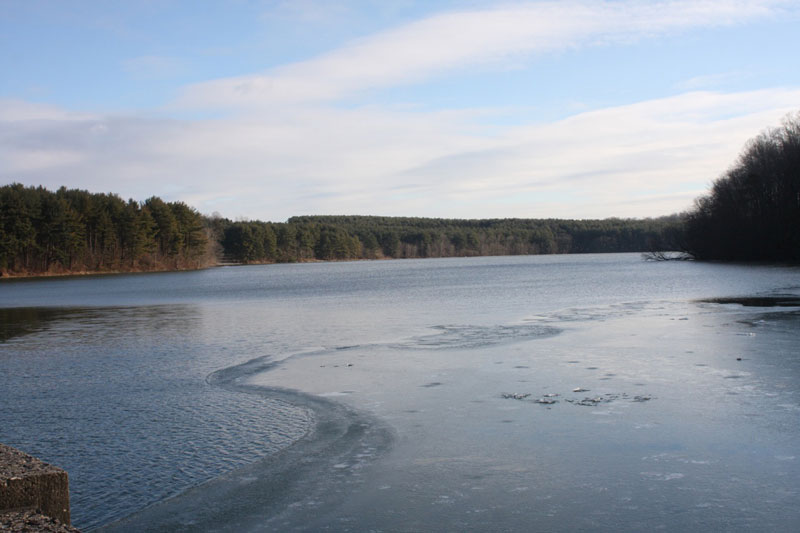
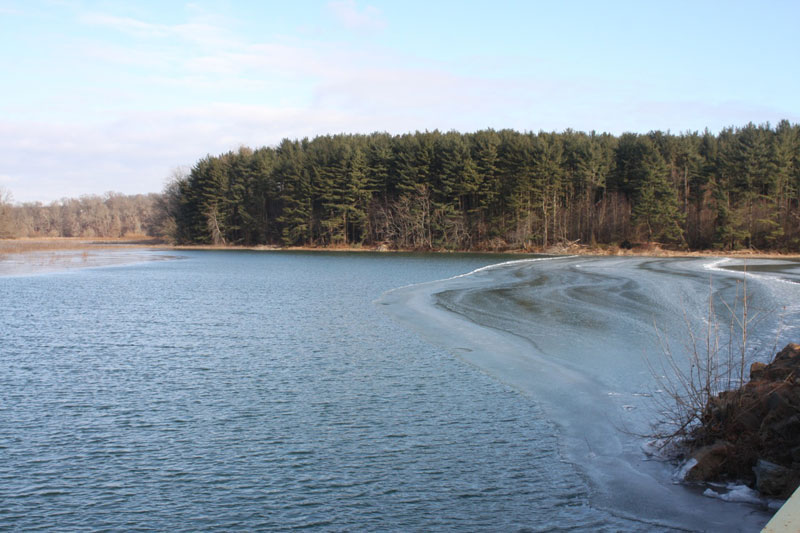
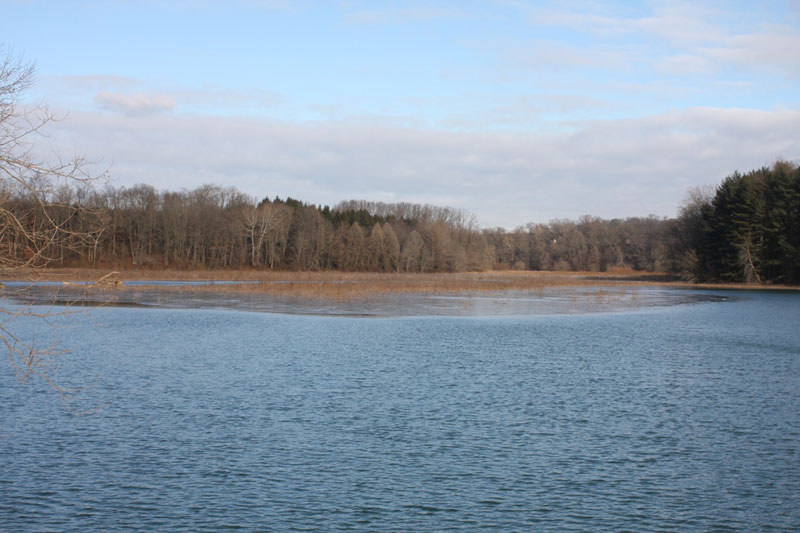
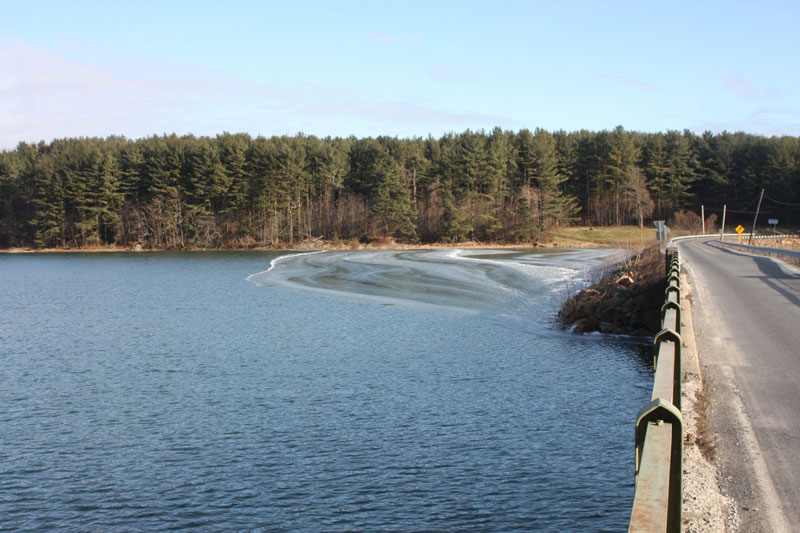
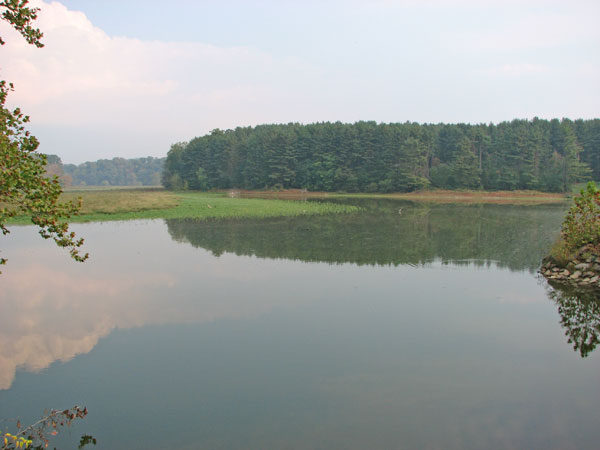
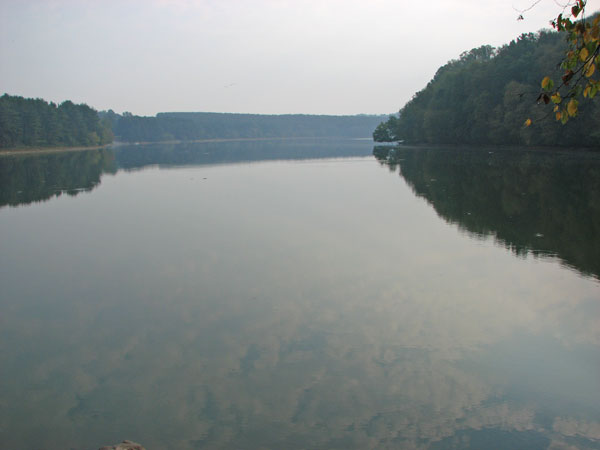
|
| Posted: 2009-10-24 00:00:00 Updated: |
